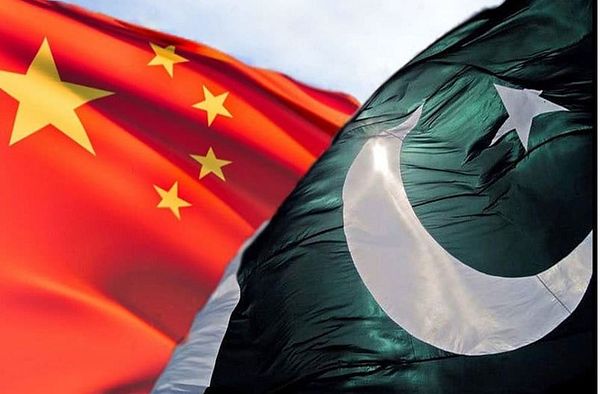Pakistan wants to know what the Indian Air Force (IAF) is doing, so it has asked China for detailed satellite images of at least six frontline bases. Pakistan recently asked India for information about 22 “targets” through the Space and Upper Atmosphere Research Commission (SUPARCO), which is connected to Dr. Abdus Salam, Pakistan’s only Nobel laureate in Physics.
Then, because Dr. Salam was an Ahmediyya, he was treated badly in Pakistan.
SUPARCO has asked the China National Space Administration, or CNSA, with whom it has a ten-year agreement, to help.
Among the 22 targets are active IAF bases like Srinagar, Adampur, Ambala, Bathinda, Sirsa, and Bhuj in the north and west. The IAF’s Western and South Western Command is in charge of them.
Under the Space Cooperation Outline Agreement that SUPARCO and CNSA signed in 2021, China can send images from satellites to Pakistan. Pakistan has asked for images with a resolution of less than one metre, which it may not be able to do technically. One-metre-resolution images are commercially available but remain expensive, but 0.6-metre-resolution images are less easy to access. The Pakistan Air Force (PAF) wants to know what the IAF is doing at the six bases.
SUPARCO is led by a Pakistan Army officer, as you might expect, and has a budget of more than $US 30 million per year. India has satellites in space that can take photos with a resolution of less than one metre. Pakistan, meanwhile, keeps building up its air force and making improvements to its Mirpur base.
